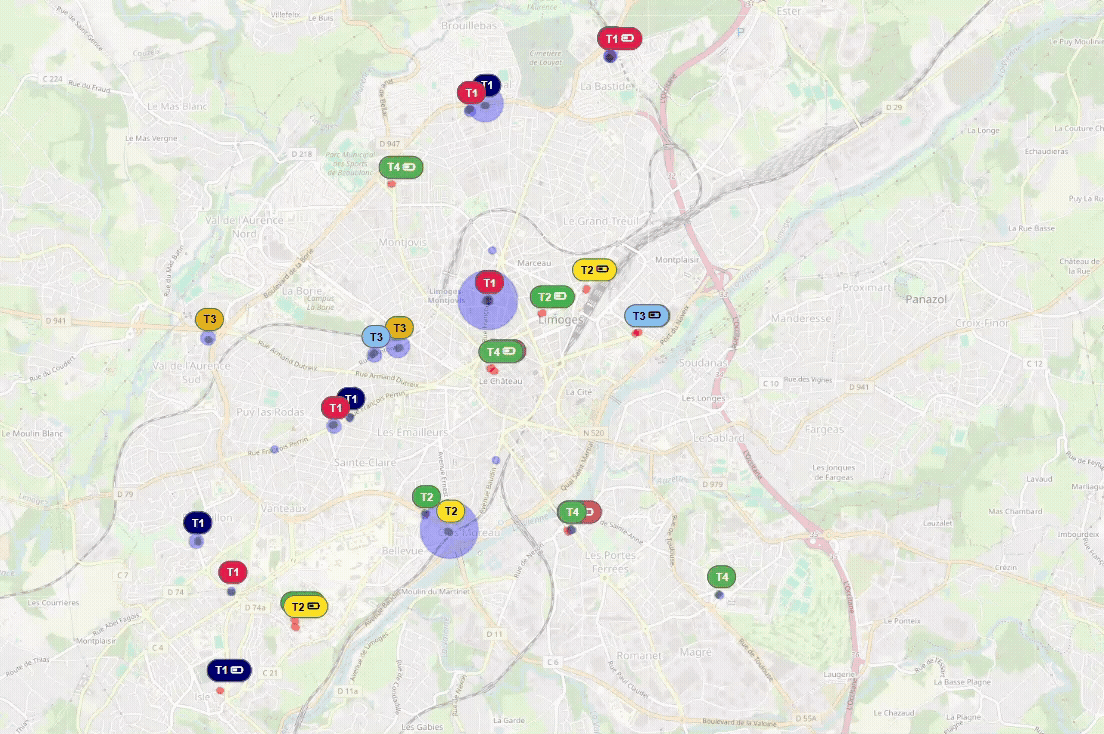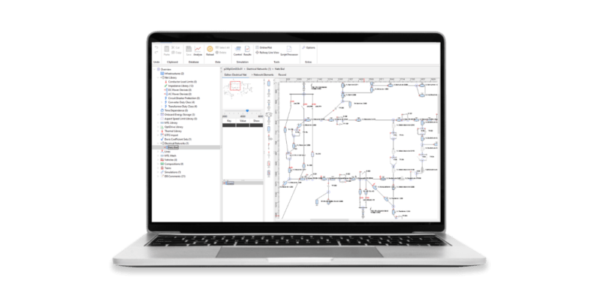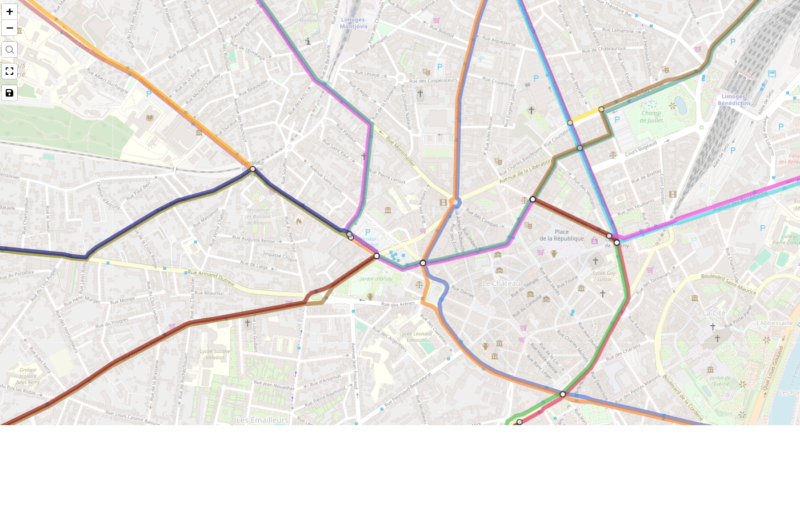
Efficient model construction thanks to GTFS
Fabel allows for the detailed and efficient creation of comprehensive and complex transport systems based on a maps. The direct import of timetable and real-time data from GTFS databases simplifies the mapping of real operating scenarios.
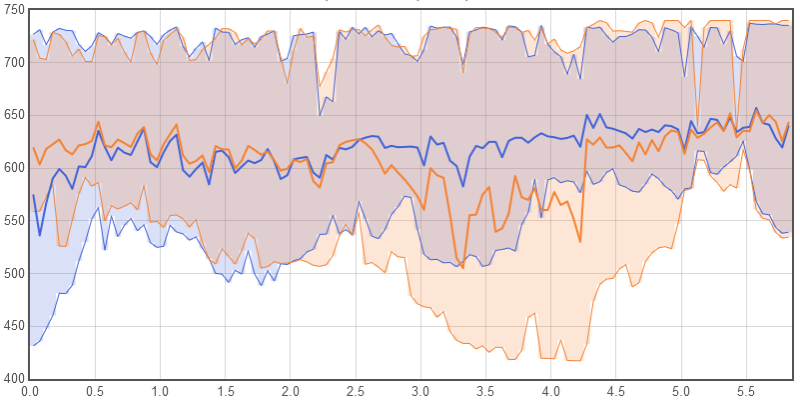
Detailed load flow calculation
Fabel enables the detailed calculation of current flows and voltage ratios for any traction current system. The tool is certified in accordance with the requirements of EN 50641 and is known for its maximum efficiency and accuracy. This makes Fabel one of the world’s leading software solutions for train running and network calculations in the railway sector.
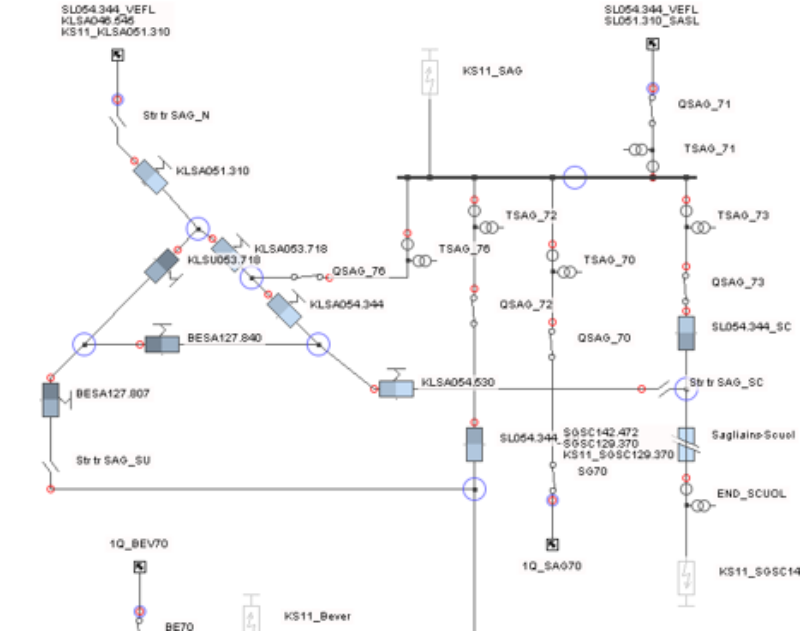
Flexible network modelling for simple and complex infrastructures
Whether using a simplified loop impedance model or an exact multi-conductor model, Fabel allows even complex and extensive railway networks can be modelled physically correctly. For example, the multi-conductor model takes into account the capacitive and inductive coupling between conductors as well as to earth and thus serves as the basis for calculating electromagnetic fields or induced voltages in third-party systems, among others.
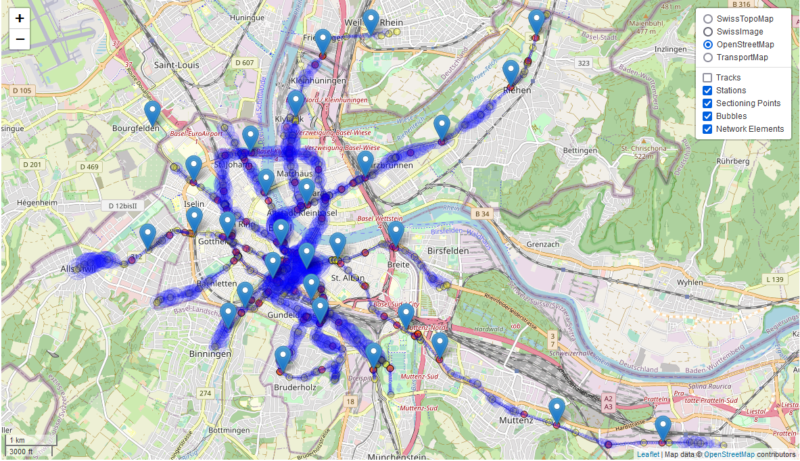
Investigation of suitable energy-saving measures
Fabel simulations can be used to calculate and visualise the energy requirements in a traction current network. A detailed analysis can then be used to specifically identify potential savings. Fabel thus provides a sound basis for economical and resource-saving transport operations.

Sound assessment of electromagnetic compatibility
Thanks to the emfcalc feature, the electromagnetic fields caused by the railway can be calculated precisely. The current profiles resulting from the load simulations serve as the basis for this.
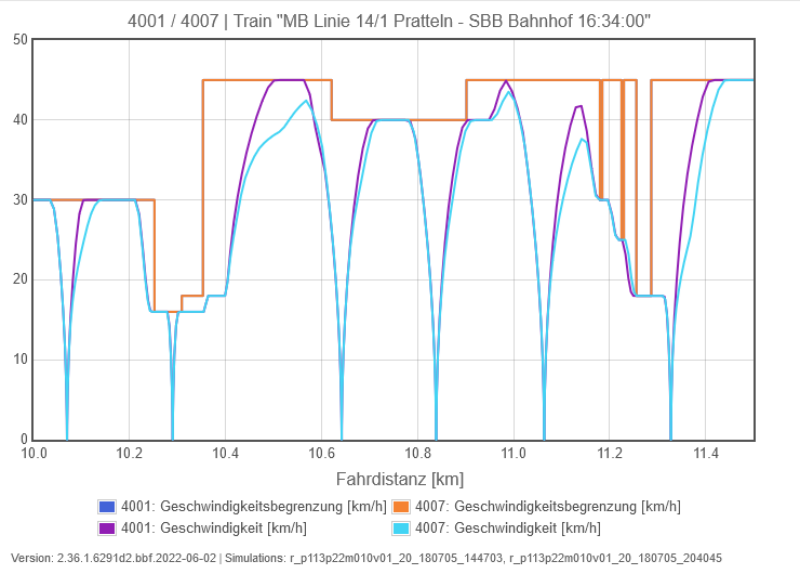
Create energy-optimised driving profiles
Fabel can be used to determine energy-optimised travel profiles for given timetables. The optimal travelling speed is calculated based on the travel time reserves and while considering route conditions such as stations, line speeds and gradients as well as the type of train. In addition, sections are identified in which trains should run without traction power (coasting) in order to be more energy-efficient.

Realistic operation thanks to consideration of route signalling
Fabel also allows for the modelling of route signalling and the train control system in the driving simulation. Conventional trackside light signals as well as dynamic block sections (driving with relative movement distance, ETCS Level 3) can be modelled. This enables realistic operation to be taken into account in the simulations, as well as the investigation and optimisation of existing or new signalling concepts.
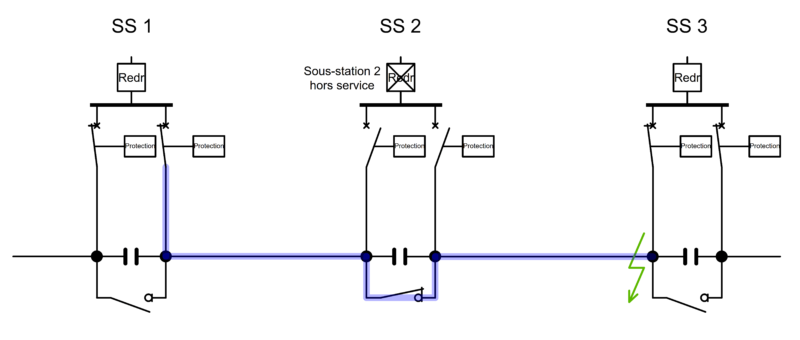
Reliably analyse short-circuit currents
With Fabel, short-circuit calculations and analyses can be performed to ensure a safe and reliable traction power supply. This helps prevent operational faults caused by false tripping and ensures continuous railway operation. Fabel enables comprehensive analysis and testing of steady-state short-circuit currents for any network configuration, providing the foundation for designing, testing or optimising overhead line protection parameters. Other software solutions are used for transient analyses, such as determining the rate of current rise (di/dt).
